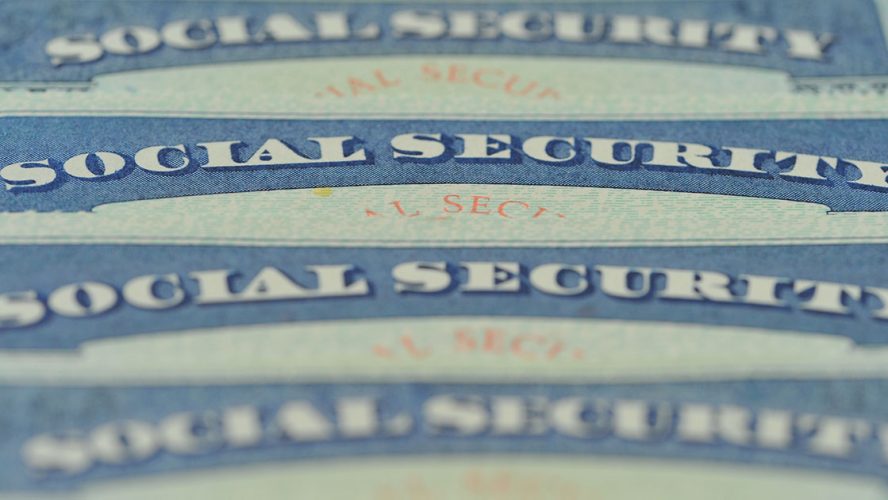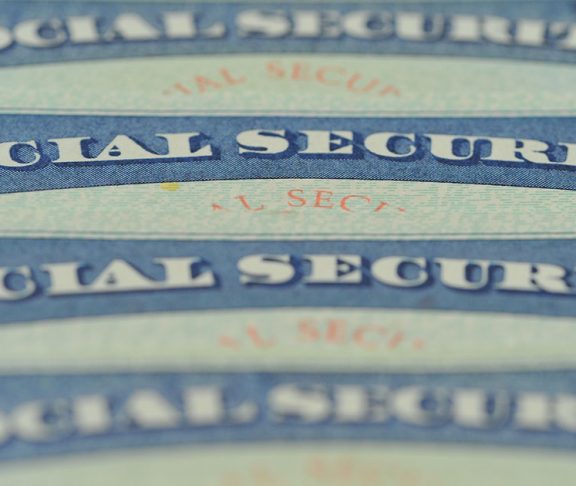Identity theft never goes away; a 2018 Harris Poll found that nearly 60 million Americans have been affected by it. While that number alone is staggering, the fact that most of the victims don’t realize they’ve been violated until it’s far too late can have a lasting negative impact on their lives.
Data everywhere
“Think about all the places that you give your information to,” says Scott Hermann, CEO of IdentityIQ, an identity theft protection service. “Doctors, cell phone companies, online shopping sites, schools — these records are just sitting there waiting for someone to misuse.”
“Technology is booming worldwide,” adds Michael Kaiser, executive director of the National Cyber Security Alliance. “We are moving beyond a connected environment of laptops, PCs and smartphones to an internet of devices that surround us in streams of data.”
The threat certainly isn’t getting any smaller. The Identity Theft Resource Center (ITRC) reported 1,579 data breaches in 2017 — a record high exposing more than 178 million records.
Credit scores and more
The main danger in many cases is to personal finances. The ITRC reports nearly 40 percent of identity theft victims experience being denied a credit card as a result; among other financial problems stemming from identity theft are the inability to obtain loans, debt, difficulty in renting or buying a home and being forced into bankruptcy.
“The good news is, there are steps a person can take to better protect themselves from identity theft,” says Hermann. “And if it does occur there are ways to monitor the impacts and act quickly to resolve issues.”
Protecting yourself and your identity
The first step, according to Hermann, is knowing how to recognize the signs that you’ve been a victim. “Regularly reviewing your credit reports from all three credit bureaus is one of the best things a consumer can do to see early warning signs of identity theft,” he says. “The credit report will show initial indicators that a person’s identity has been compromised.”
If you do notice something wrong, taking action sooner rather than later makes all the difference. “One of the first steps to take is to freeze the consumer’s credit file at all three credit bureaus. Other important steps would be to file a police report and fill out an affidavit of identity theft with the FTC. If something comes up years down the road they will have records showing what has occurred.”
For his part, Kaiser sees consumer education as key. “We must create a culture of cybersecurity,” he stresses, “by understanding the benefits as well as the risks around these smart devices and breakthrough technologies — and learning how to take security precautions so we can enjoy these innovations with more peace of mind.”
Hermann sees using the tools like those provided at www.IdentityIQ.com as crucial. “IdentityIQ gives the consumer a resource to understand the tactics of identity thieves, as well as the tools to monitor for, and act on, identity theft. If something does happen, we have a complete U.S.-based restoration service team to help create an effective plan of action. In addition, we provide a full suite of identity theft protection benefits such as dark web monitoring, identity monitoring and enhanced credit monitoring so our customers can relax.”
As more of our personal data winds up in the cloud, data breaches and identity theft will become more and more common. The lesson is, start protecting yourself today — or pay the price tomorrow. For more information about how identity theft can impact you, visit www.identityiq.com.


